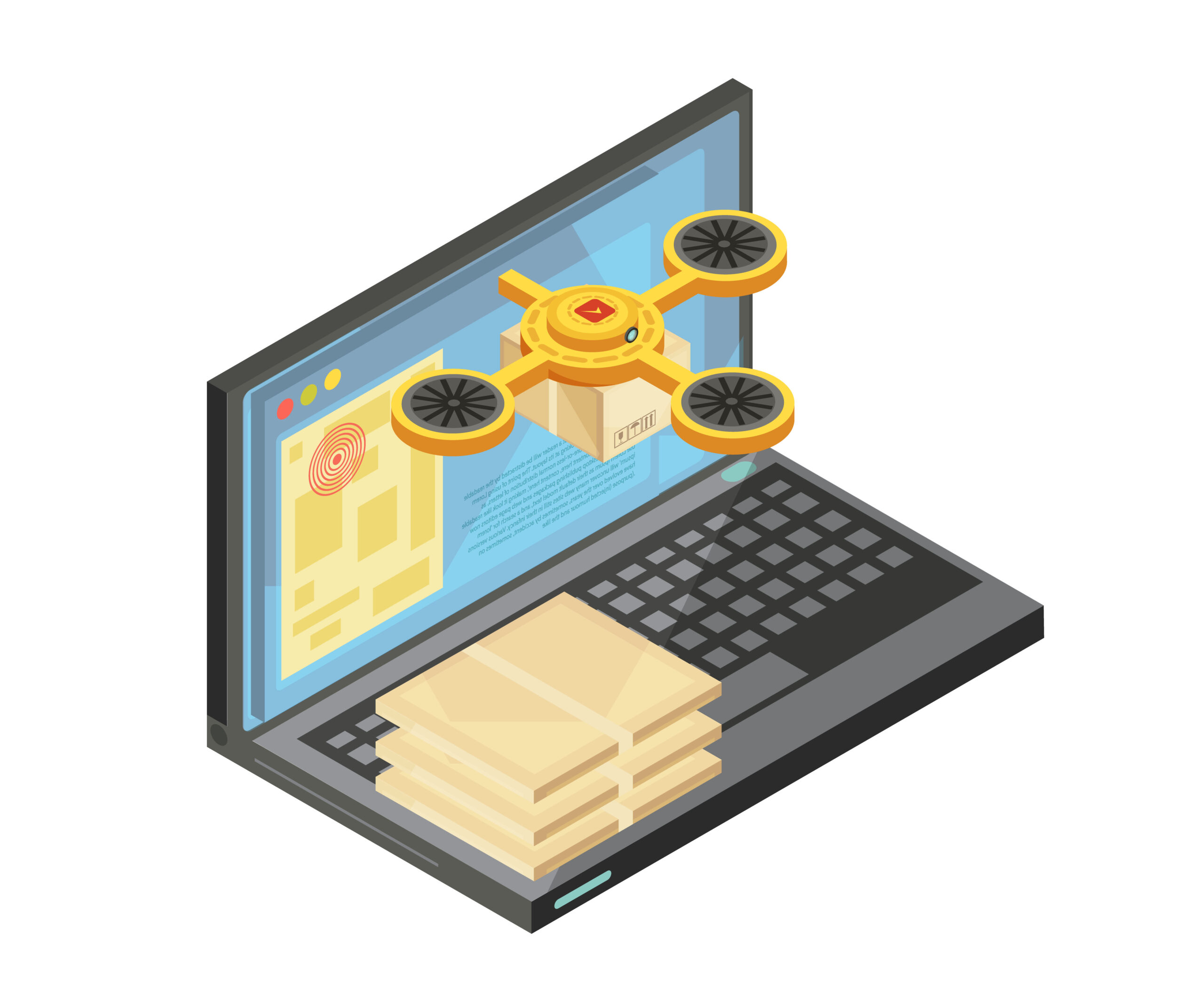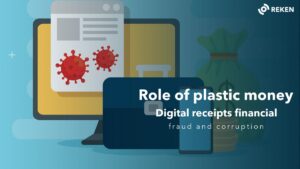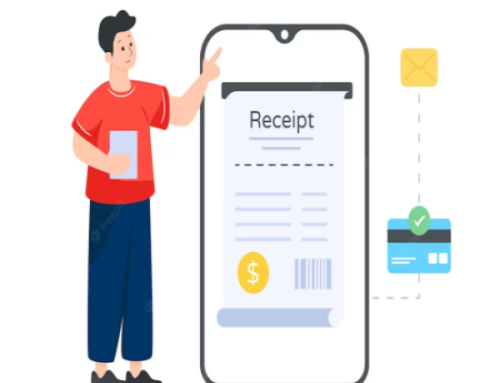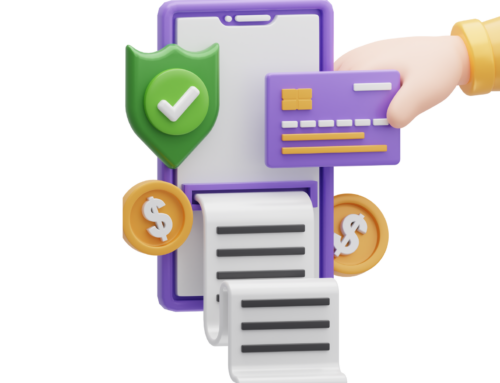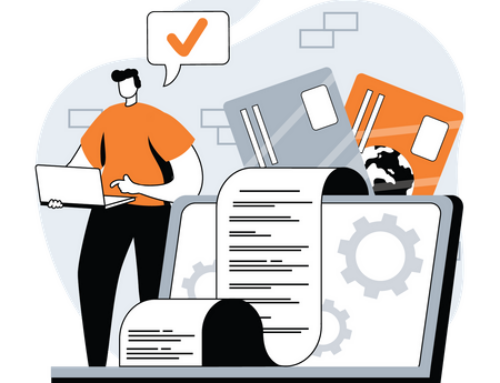Plastic money, also called credit and debit cards, has become a popular way for many people to pay for things. Plastic money has a lot of benefits, such as being easy to use, safe, and secure. There are, however, some downsides, including such fees and the chance of fraud. Plastic money will continue to stay, even though it has some problems. As the world gets more and more digital, we can expect the number of people who use credit and debit cards to grow even more.
How Does Plastic Money Work?
Plastic money refers to both credit cards and debit cards. Customers can use it to make purchases rather than cash.For daily necessities like groceries and other items, people frequently use plastic money.
Credit cards and debit cards are the two main types of plastic money. Banks give out credit cards, which let people borrow money to a certain amount. Debit cards are connected to a customer’s bank account and let them spend money on those who already have.
What Is the Use of Plastic Money?
Plastic money also is easy to use, since all a customer has to do to make a purchase is swipe one‘s card or type in their card number. But there are some bad things about using plastic money.
For example, a customer may have a big debt if they use their credit card wrong. Also, a customer’s identity may be at risk if their credit card is stolen. In general, plastic money makes it easy to buy things.
Different kinds of plastic money
There are a lot of different kinds of plastic money, such as:
Credit Cards
Credit cards are a form of money made of plastic. You can get money from a financial institution or bank with their help. You can buy things with this money. But you’ll have to pay back the money, plus interest.
Debit Cards
Another kind of plastic money is a debit card. Your bank account is linked to them. This means that you can use them to get cash out of your bank account or pay for things directly from it.
Prepaid Card
One more variety of plastic money is prepaid cards. They function similarly to debit cards, but you load money onto them beforehand. This implies that the only money you can spend is what you have packed onto the card.
Digital receipts financial fraud
But there was a problem with payment fraud long before the pandemic. The report Fraud in cash and electronic payments: taxonomy, estimation, and projections by Santiago Carbo-Valverde and Francisco Rodriguez-Fernandez for the International Security League came out before the pandemic and has two main contributions. First, it gives a complete taxonomy of payment fraud options for both cash and electronic payments. Second, it gives a real-world estimate of how much cash and card fraud costs, as well as some ideas about how new types of electronic transactions, like contactless payments and cryptocurrencies, might change things.
A Few Key Highlights
- In 2018, the cash-based black market was worth 0.93 times what it was in 2014. But the number of fraudulent transactions per card almost doubled (1.82).
- Every year, fraud with money has been going down by 1.7%, but fraud with cards has been going up by 16.2%.
- During the time period, the shadow economy as a whole stayed about the same (ratio 2018/2014 = 0.99), but the illegal cash economy shrank (0.93). This happened even though the need for cash went up in general (1.18), and the ratio of exchangeable deposits to total deposits went down (1.20).
- Less than one-fourth of the world’s underground economy is made up of illegal activities that are paid for with cash or are done to hide money.
- Card-not-present fraud increased more than any other kind. In 2018, it was 6.44 times bigger than in 2014. When the EMV chip was put into many cards, “lost and stolen” fraud went down, but CNP fraud went up more than proportionally. And over half of all card fraud is done when the card is not present.
Read more: Impact of digital receipts on the taxation process

